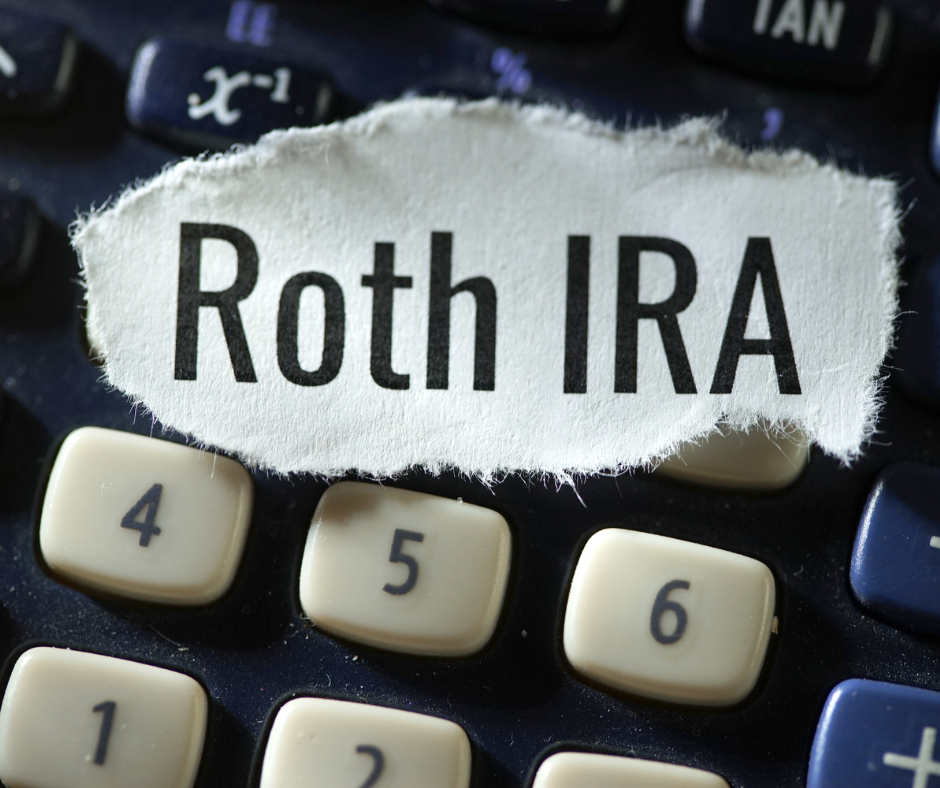
For many individuals seeking to maximize their retirement savings, the Backdoor Roth IRA has emerged as a popular strategy. However, navigating the paperwork associated with this financial maneuver can be a stumbling block for many. In this post, we’ll delve into the nuances of the Backdoor Roth IRA, its significance, and the crucial paperwork required to ensure its effectiveness.
Understanding the Backdoor Roth IRA
The Backdoor Roth IRA offers a strategic pathway for individuals whose income exceeds the limits for direct contributions to a Roth IRA. In essence, it allows high-income earners to circumvent the income thresholds and contribute to a Roth IRA indirectly. The process involves making contributions to a traditional IRA and subsequently converting those funds into a Roth IRA.
The Income Thresholds
To grasp the relevance of the Backdoor Roth IRA, one must understand the income thresholds established by the IRS. For tax year 2024, the eligibility for contributing directly to a Roth IRA begins to phase out for individuals with a modified adjusted gross income (MAGI) exceeding $146,000 for singles and $230,000 for married couples filing jointly.
The Backdoor Roth IRA in Action
The mechanics of the Backdoor Roth IRA are relatively straightforward. Rather than making direct contributions to a Roth IRA, individuals contribute to a traditional IRA. Subsequently, they execute a conversion, effectively rolling over the funds into a Roth IRA. This approach allows individuals to bypass the income limits associated with traditional Roth IRA contributions.
The Pitfalls of Improper Paperwork with Backdoor Roth IRA
While the Backdoor Roth IRA presents an attractive option for high-income earners, it comes with a critical caveat: proper paperwork is paramount. Failure to adhere to the necessary documentation, particularly Form 8606, can render the entire strategy ineffective and potentially subject individuals to IRS scrutiny.
Form 8606: The Key to Compliance
Form 8606 serves as the linchpin in the Backdoor Roth IRA process. It is the document that notifies the IRS of the non-deductible contributions to a traditional IRA and the subsequent conversion to a Roth IRA. Filing Form 8606 accurately and timely is imperative to validate the legitimacy of the Backdoor Roth IRA strategy.
The Mega Backdoor Roth IRA: Expanding Possibilities
For individuals seeking to amplify their retirement savings beyond the traditional contribution limits, the Mega Backdoor Roth IRA offers an enticing opportunity. This variant allows for substantial contributions, far exceeding the standard annual limits. However, the same principles of proper paperwork and IRS compliance apply.
Conclusion
In conclusion, while the Backdoor Roth IRA presents a viable solution for high-income earners to access Roth IRA benefits, meticulous attention to paperwork is non-negotiable. Form 8606 serves as the cornerstone of compliance, ensuring that the strategy remains effective and IRS-friendly. By understanding the nuances of the Backdoor Roth IRA and fulfilling the necessary paperwork requirements, individuals can optimize their retirement savings while navigating the intricacies of tax regulations.
